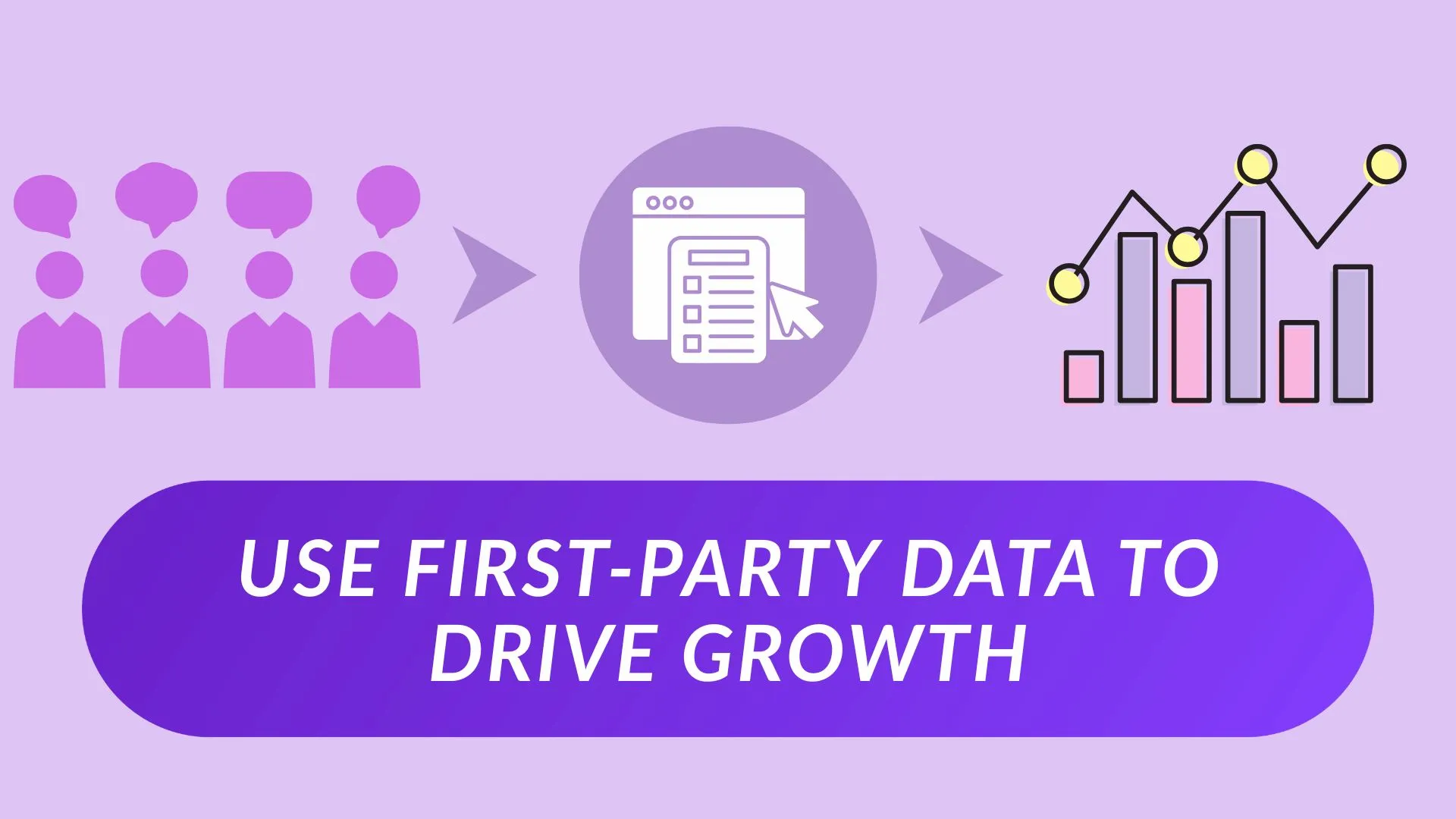
It’s the great D2C paradox: technology is supposed to streamline, but for most operations teams, adding one new tool feels like an addition that just bogs down the entire pipeline.
One minute, you’re vetting a promising platform. The next, your stack looks like a tired Frankenstein, stitched together with infinite API keys and too many “Will revisit in Q4” tasks. You can't have your tech stack lead to decision trees of even more bottlenecks and issues for D2C brand development.
So how do you evaluate new tools without turning your operations into an endless patchwork?
The answer: treat tool adoption as if you're signing on a client by ensuring the tool is a perfect fit for your system
[cta-btn title="Build Your Brand And Become A Member" link="/membership-pricing"]
The mindset of trying to integrate the newest AI agent or the mentality of chasing shiny objects can torch productivity (and budgets) quickly. Every D2C operator knows the pressure to deliver innovation while keeping the gears turning smoothly. Still, most teams fall into these traps:
Every unnecessary tool you onboard can engorge expenses and eat away at potential budgets you could use for items like a paid media campaign (which could increase your brand's overall reach).
Before you evaluate any D2C tool, zoom out and define the “why.” If you can’t tie adoption to a business goal, you’re just inviting sprawl. Here’s how to set the right foundation:
Teams who skip these steps wind up with “zombie SaaS." These are tools no one uses in their e-commerce tech stack, but no one dares decommission (for reasons unknown).
The following micro-frameworks aren’t just theory; they’re practical street smarts for amplifying the way you perform business. Take what works and adapt into a streamlined methodology for your brand launch or continued e-commerce brand operations.
If a vendor can’t give you a one-paragraph guide to unwinding their tool in 30 days run, get a "reverse-onboarding" doc up front that spells out access revocation, data export, and cost claw-back. This isn’t unheard of for brands, it’s insurance against future vendor lock.
Every new system should access critical data within minimal API integrations. Your twos should rely on two-hop API builds. If it relies on scheduled syncs or baroque webhook chains, pass on it. More layers = more latency, more auditing headaches, and eventual regret.
Track the human time (in minutes, not just dollars) required every week: uploads, manual fixes, replying to internal tickets. Remember, time is money. Divide by output metric delivered (net new leads, orders, whatever matters to your team). If that ratio doesn’t trend down by week four, unplug it and find a different tool.
Assign a pilot squad to use the candidate e-commerce tool while the rest run business as usual. With this pilot (demo) run Benchmark performance, edge case handling, and team complaints. If the shadow project outperforms for a full sprint, expand. No excuses here, just data and corresponding data analytics.
Ensure a vendor is transparent. Without the right deliverables, it's a sign that a vendor is not enterprise-ready. If a vendor sends you marketing collateral instead of an Entity Relationship Diagram (ERD) or actual schema on request, believe them: you’re headed for data compliance and reporting headaches.
Tools with smart, opinionated defaults can be fast to launch but may create bottlenecks later; blank-slates take longer but mold to your way of working. Know your culture and what your team wants: do you crave speed, or do you need flexibility? Don’t sacrifice one for an illusion of both.
Count clicks required to do your single most common task using this new tool. If the new platform adds more than two extra clicks (or buries key fields in modals), poll your ops team and see if they like the tool (or not). A Frustrated team is not a productive team.
Before onboarding, declare what must be retired. Score each existing D2C e-commerce tool in your tech stack including usage, owner, unique function, and revenue impact. Make sunsetting a visible, methodical process instead of a future “we’ll clean it up later” promise.
Ask how often the vendor updates their e-commerce tool and how disruptive those changes might be to your workflow. Frequent, breaking changes cost time you don’t have, especially if integrations keep breaking. In ops, stable beats cool.
Fire off an off-hours, hardball support ticket (think: GDPR erasure process). Also, ensure that it is meaningful and does indeed represent a current issue. Time their response and count how many emails it takes for a real answer. Red flags are slow, vague, or canned answers, which equals expensive headaches later.
[single-inline-tool]
The SaaS landscape is noisy, so hone your filtering skills:
Remember: Efficient research is about finding reasons not to proceed, not just getting excited.
Don't ignore this. D2C operational success isn’t just about the perfect feature set, it’s about adoption.
Buy-in up front beats muttered grumbling later.
Adoption fails without structured onboarding. Here, systems define outcomes. Build short, role-specific training paths. Highlight early wins, celebrate adoption, and keep skills fresh with micro-assessments/learning sessions.
And don’t “set and forget”:
The biggest ops risk isn’t a bad tool; it’s letting your tech stack pile up. Control the sprawl with discipline:
True ops excellence is less about flashy tech, more about repeatable processes that you can mirror across teams:
In the end, every D2C operations and the right tech stack is a garden: A little pruning, a lot of direct decision-making, and constant monitoring. With the right evaluation frameworks and a culture of operator-first rigor, you can ship fast, stay sane, and leave D2C Frankenstack nightmares behind.
[inline-cta title="Discover More With Our Resources" link="/resources"]

Saaslogic is a cloud-based recurring billing and subscription management platform designed for subscription-based businesses. It offers scalable solutions, flexible integrations, automated billing, tax compliance, detailed analytics, customizable dashboards, and robust data security. Saaslogic also provides powerful APIs that can be easily integrated with CRMs, payment portals, and tax engines.



